Hemodialysis
Monterey Bay Vascular is a vascular specialty facility that offers outpatient services for dialysis access creation and management. Our outpatient services specialize in minimally invasive procedures and use the latest ultra-modern imaging, interventional, and diagnostic technology. Our facilities and technologies allow us to meet the needs of dialysis patients providing them with comprehensive dialysis access care.
Your health is our priority.
Contact us today.
Types of Dialysis Methods
Hemodialysis vs. Peritoneal Dialysis
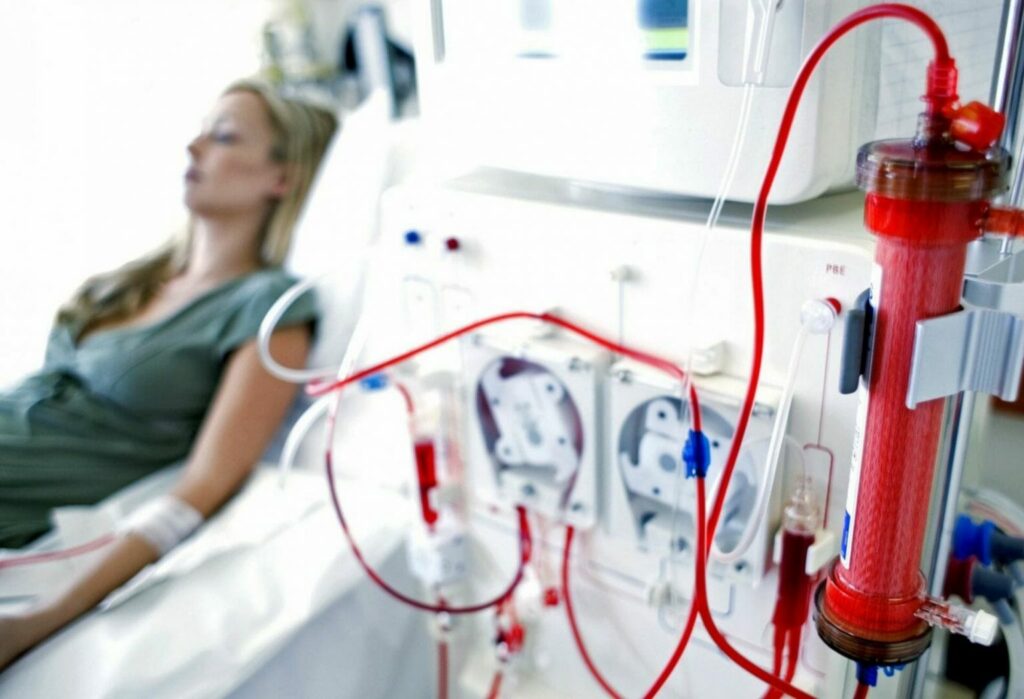
Hemodialysis
Hemodialysis is one of the management and treatment options for advanced kidney failure. It allows you to lead a productive life even when your kidneys are failing. A machine performs the functions of kidneys by filtering wastes, fluids, and salts from your blood since the kidneys cannot do them properly.
Peritoneal Dialysis
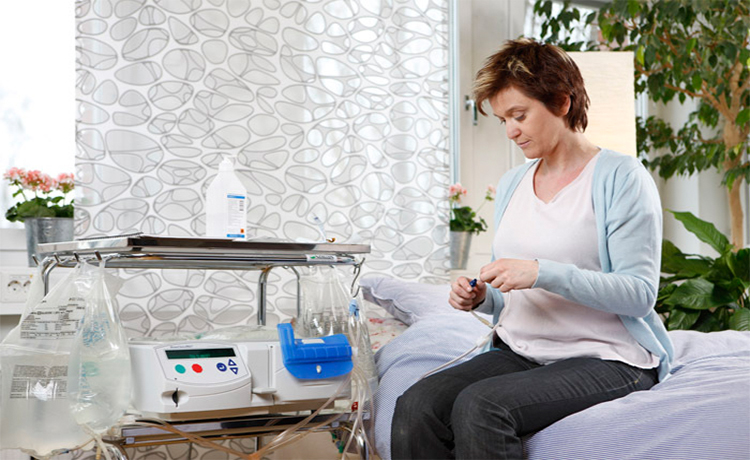
Regardless of the method of dialysis you choose, you will need a way to receive the dialysis; a connection from your body to the machine.
You will need a dialysis access surgery to place the corresponding access to your choice of method for dialysis.
Types of Hemodialysis Access
It is a connection between an artery and a vein that is created surgically.
It is often on the arm you use less often. Because of the safety and effectiveness levels it offers, it is usually the preferred kind of access.
A path between an artery and a vein created using a synthetic tube known as a graft. It is the alternative used if the patient’s vessels are too small to create an AV fistula.
A path between an artery and a vein is created using a synthetic tube known as a graft. It is the alternative used if the patient’s vessels are too small to create an AV fistula.
WavelinQ EndoACF uses advanced magnetic and radiofrequency technology to create a connection between an artery and a vein for hemodialysis access. This innovative method eliminates the need for traditional open surgery, making the procedure less invasive and more efficient. Learn More ▶
Peritoneal Dialysis Access
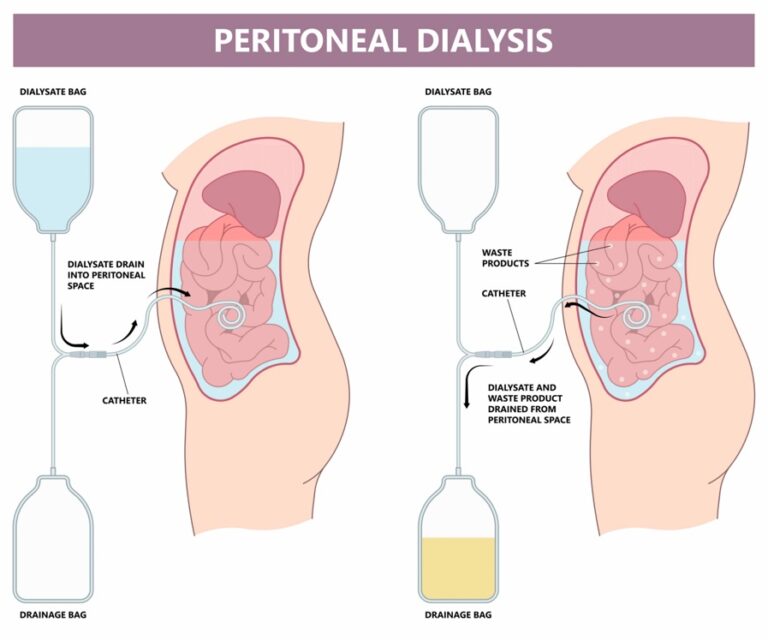
Dialysis Access Procedures
This is a temporary option for hemodialysis, where Hemodialysis (HD) catheters serve as temporary access points. They provide direct access to the bloodstream and have a high infection rate, which is why they are used as a temporary solution. The ultimate goal is for our patients to eventually have long-term safer access like an AV fistula/graft or a peritoneal catheter, HD catheters are only placed when a patient is yet to have permanent access or when the permanent access is being fixed or has stopped working.
SURGICAL PD CATHETER PLACEMENT
PD catheter surgery is considered a minor operation for most patients and complications are often rare. Catheter placement can be done under general anesthesia and usually takes less than one hour. Most people are able to go home the same day. Surgery is typically performed by a surgeon at a hospital, but there are some kidney doctors (nephrologists) and radiologists who are also trained to place PD catheters.
PERCUTANEOUS PD CATHETER PLACEMENT
Many vascular access centers perform percutaneous catheter placement, which is far less invasive than surgery. Percutaneous catheter placement is performed using an imaging technique (called fluoroscopy) that uses X-rays to help your vascular specialist view the inside of your abdomen. This procedure requires only local anesthesia and sedation, no general anesthesia is used. You get to go home the same day.
Your vascular surgeon begins by using a fine needle to make a series of small punctures in your skin to access the peritoneum. The PD catheter is then passed through a small tunnel in your belly into the peritoneum & secured in place.
Fistula creation starts with a vein mapping ultrasound, where you undergo a physical examination along with ultrasound diagnostics. These tests determine whether your arteries are sufficiently healthy to support a fistula. An angiogram can also be used to gauge the size and depth of your veins and arteries. If you pass the tests and are judged to be a candidate for a fistula or graft, then an appointment is made for a fistula or graft creation at your local hospital. Our vascular surgeon will perform the procedure at the hospital and follow up with your care at our private clinic.
The actual process starts with a specialist administering local anesthesia on the identified access site. The surgeon then makes an incision that gives access to the blood vessels, a surgical connection between a vein and an artery are made. For a graft, a connection is made using a synthetic tube instead of your actual vein and artery. As a result of the connection, blood flows from the artery to the vein, which increases the blood flow, the vein enlarges, and its walls thicken.
After its creation, the AV fistula or graft is given weeks to months in some cases to mature to the point where it can be used safely for hemodialysis at your dialysis center.
In the case of surgical accesses (AVF/AVG), they must be cared for and monitored over time. Being that AV Fistulas and Grafts are not natural to our bodies, they often need to be tuned up – very much like our cars. Just like getting an oil change, sometimes, AVFs and AVGs require maintenance procedures to ensure that they remain functioning and are able to be used during dialysis. At a comprehensive vascular center, your vascular specialists are able to perform routine maintenance procedures and ultrasounds to ensure your access is working optimally.
SCROLL TO READ MORE REGARDING ACCESS CARE AND MAINTENANCE
Dialysis Access Care & Maintenance Procedures
Fistulagrams
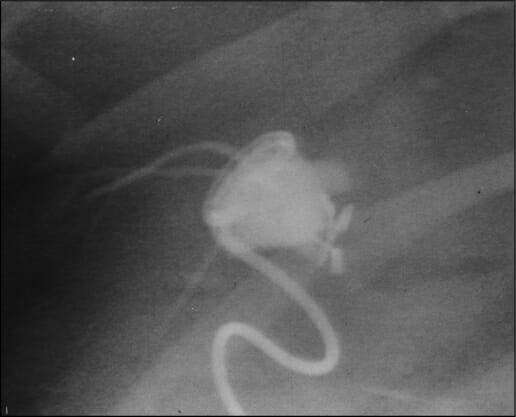
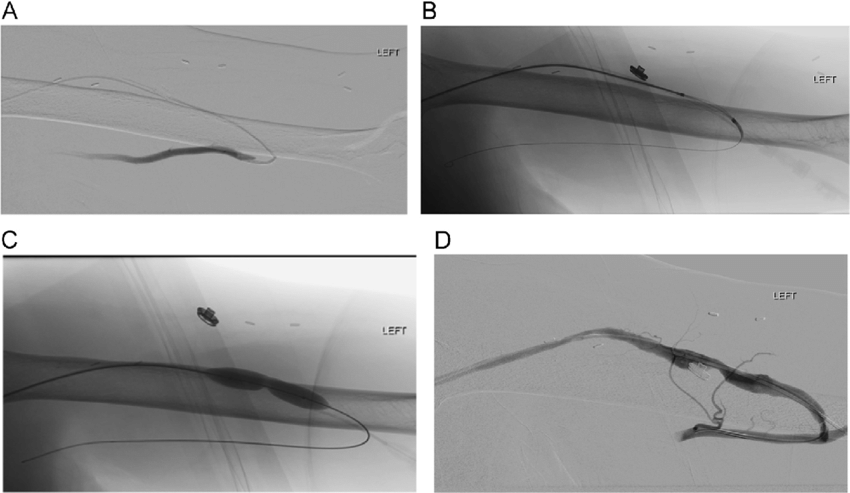
Declots
Why Monterey Bay Vascular?
At Monterey Bay Vascular, we offer coordinated care to prevent, diagnose, and treat vascular disease.
We understand, everyone deserves to live a long, happy life. Vascular disease may lead to limb loss and other life-threatening conditions such as pulmonary embolism. Our licensed vascular surgeon uses state-of-the-art tools and technology to tackle all problems related to your vascular system. Thanks to our vast wealth of experience, we also work with our patients to develop a unique solution that fits your needs. Contact us today to learn more about the vascular treatments we offer and schedule an appointment today!